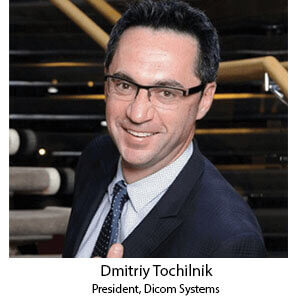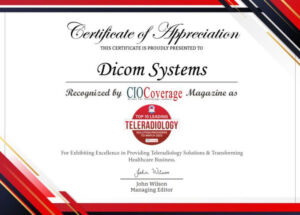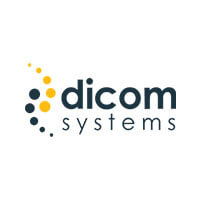 With a humble beginning in 2008 as a Cisco router for enterprise imaging, the company has earned a spot on the list of the top 10 leading teleradiology solutions today. The company’s goal to facilitate fast, efficient, and scalable radiology and teleradiology workflows in high latency, low bandwidth environments has seen overwhelming success, leading to the popularity of the name.
With a humble beginning in 2008 as a Cisco router for enterprise imaging, the company has earned a spot on the list of the top 10 leading teleradiology solutions today. The company’s goal to facilitate fast, efficient, and scalable radiology and teleradiology workflows in high latency, low bandwidth environments has seen overwhelming success, leading to the popularity of the name.
Teleradiology and medical imaging have taken different forms in recent years. With the advent of big data and its usage in the healthcare sector, the very way in which medical imaging is done has transformed. Even with Artificial Intelligence and predictive analysis involved in healthcare, there is a greater need for clarity and security, especially around patient privacy and data integration across the care pathway in order to achieve scale.
“Enterprise imaging is not a common target for cybersecurity attacks. It’s a niche industry and usually unappealing to attackers because it requires significant effort to harvest data for a possible ransom”, describes Dmitriy Tochilnik, President of Dicom Systems. He says, “This is the main reason we don’t routinely hear about sophisticated breaches involving medical imaging.”
The Unifier Platform developed by Dicom Systems is a way to simplify enterprise imaging management. A healthcare organization can attain unparalleled autonomy and control over systems management, image distribution, and storage cost through this platform. This versatile platform has features that ensure health data is fully integrated, encrypted, and instantly accessible, resulting in better patient care and improved IT performance.
A platform like Unifier allows users to take control of enterprise imaging with its exemplary features. Users can access a flexible and easy-to-use rules-based medical imaging workflow engine with custom workflows. This Dicom product also provides seamless data integration so that users can consolidate disparate solutions and improve interoperability. The Unifier also has a scalable architecture that can efficiently expand the enterprise with horizontal scaling.
The Unifier platform can perform many critical functions to power imaging workflows within and beyond a healthcare enterprise. By filling the gaps in any enterprise imaging strategy, from solving workflow outliers, such as complex routing and load balancing, to providing an enterprise-grade DICOM Modality Worklist across multiple sites, healthcare systems like Unifier are lauded for their performance, straightforward license, and support model, and ability to scale with customers.

UC San Diego Health also selected Dicom Systems to help transform imaging workflows and the backend infrastructure supporting them, ensuring health data is fully integrated, encrypted, and instantly accessible across the enterprise.
Another solution offered by the company that has gained a lot of traction is the Rapid DICOM Router. It is a quick and secure solution to remote imaging networks across multiple healthcare enterprises. Designed for scalability, the Rapid DICOM router establishes a hub to share images to combine various medical sites and creates a single radiology enterprise with one single worklist for all.
Through this, patients have reliable and immediate access to diagnosticians and treatment expertise across the enterprise, regardless of their physical location. The Rapid DICOM router is a quick solution to interoperability challenges healthcare providers face, regardless of size. This solution is compatible with any DICOM-viewer, and any remote clinic, medical office, or hospital can be added to the remote image network in a matter of hours.
“In the emergency setting, speed is essential and Dicom Systems helps us deliver results at much higher speeds with near-zero downtimes,” says a satisfied customer of Dicom Systems. Teleradiology is innovating to meet the layered nature of the market. The medical imaging industry is innovating by bringing in affordable product solutions as well as technological advancements to help clinicians solve complex ailments.







